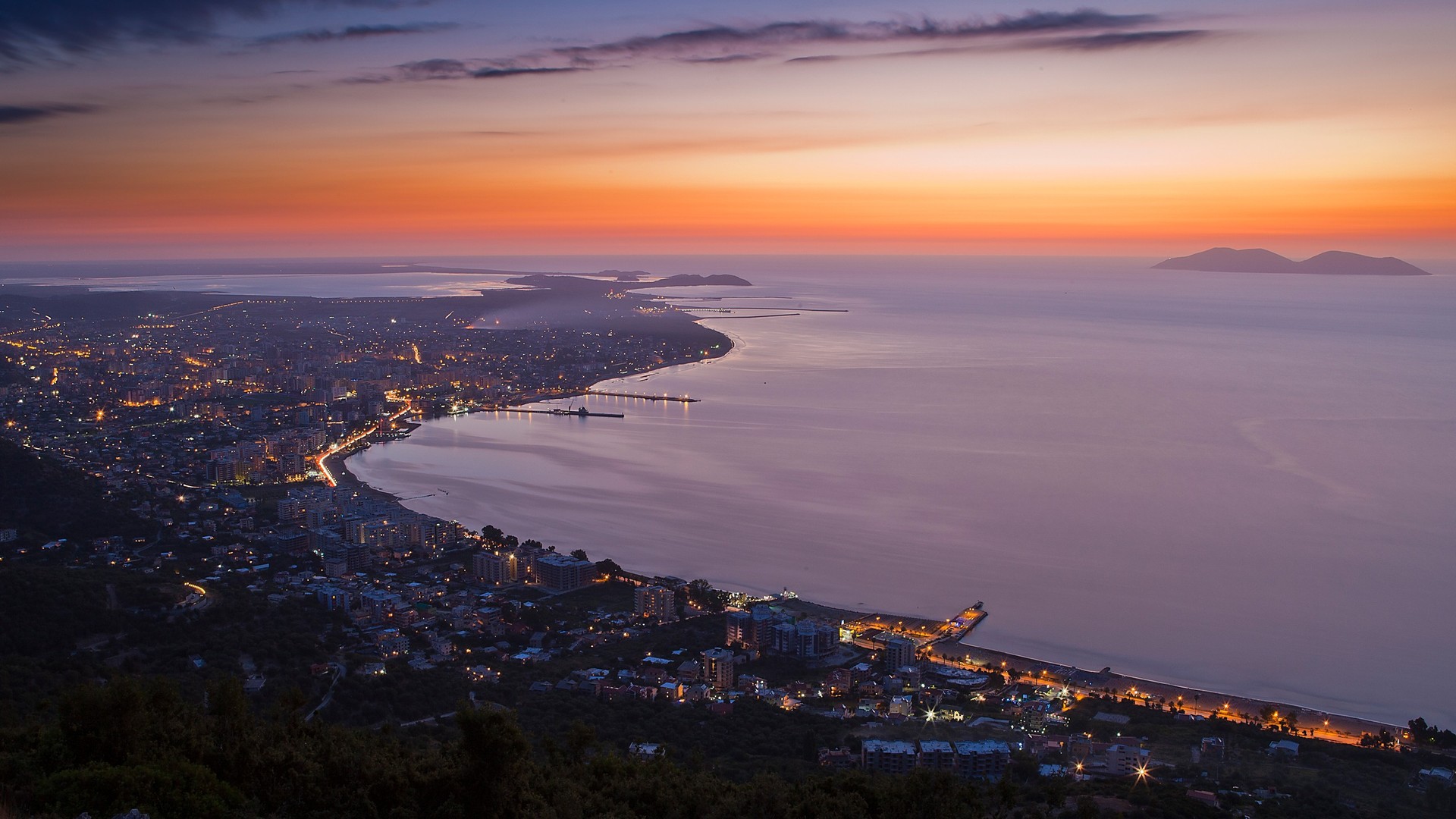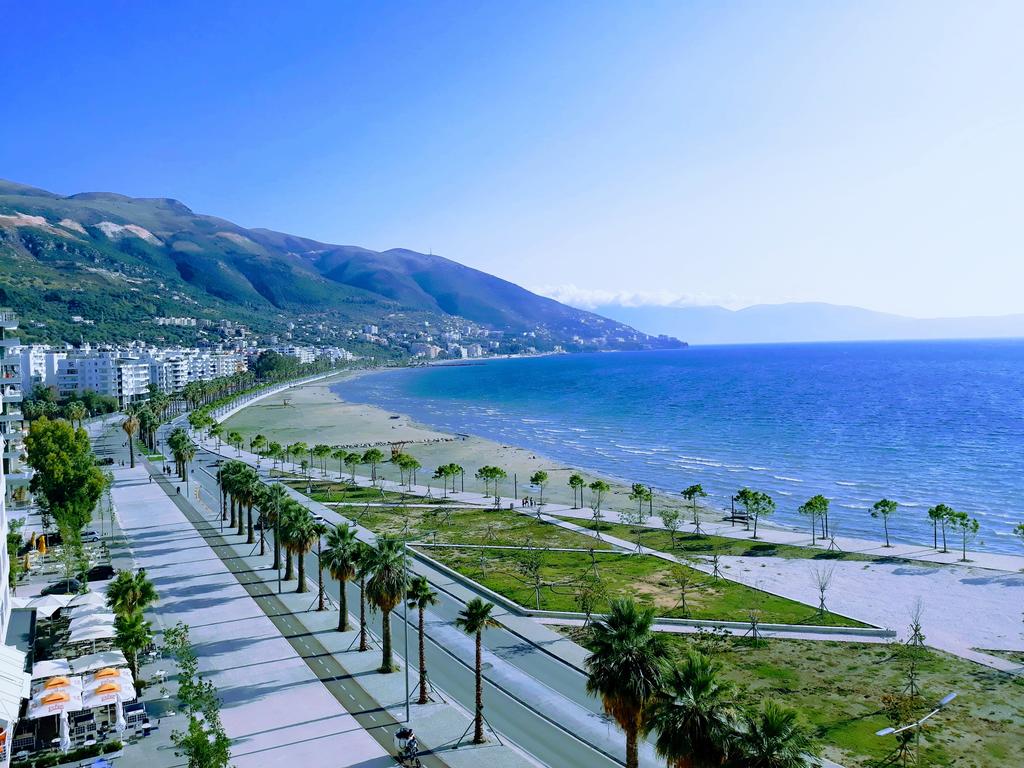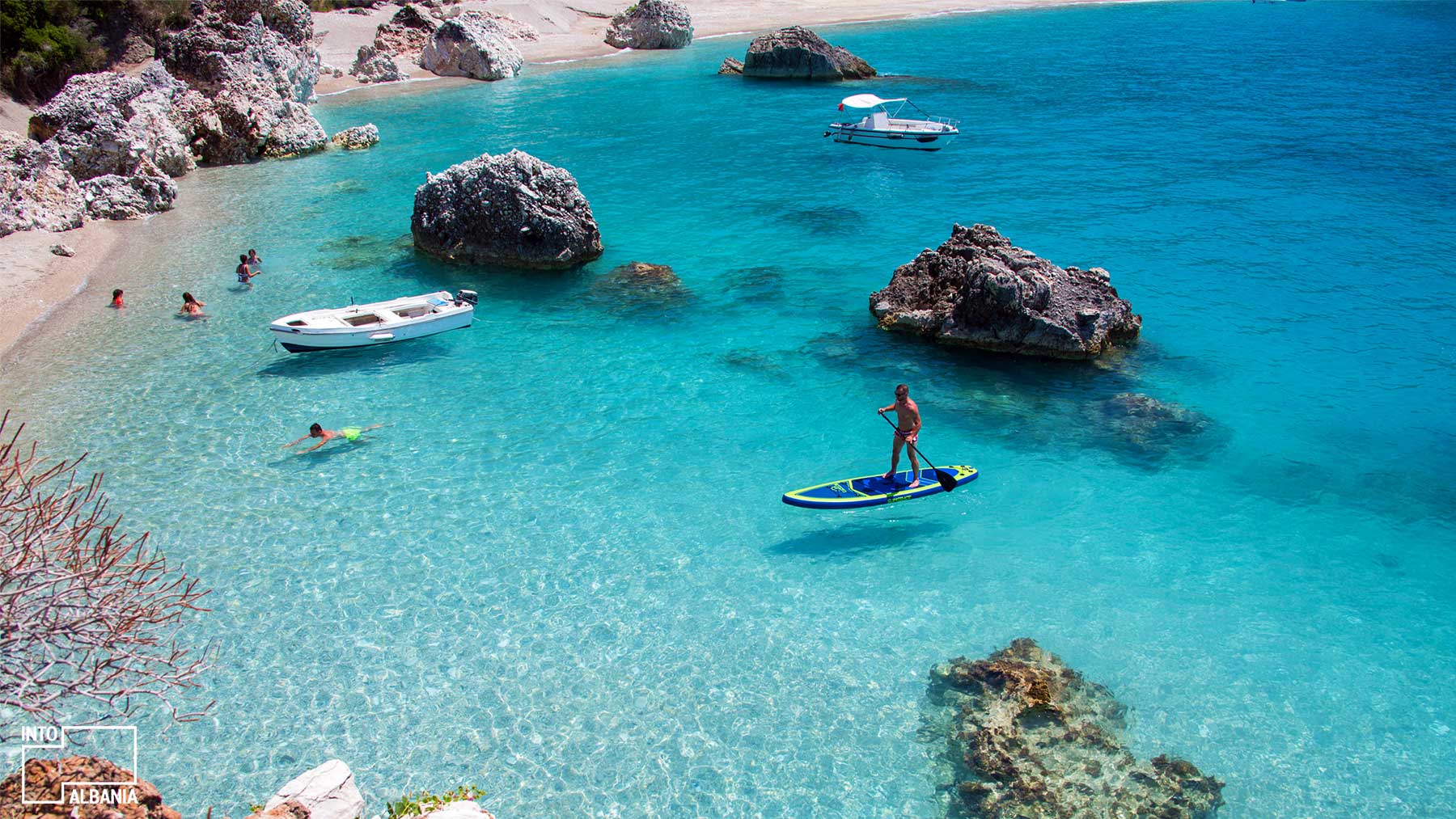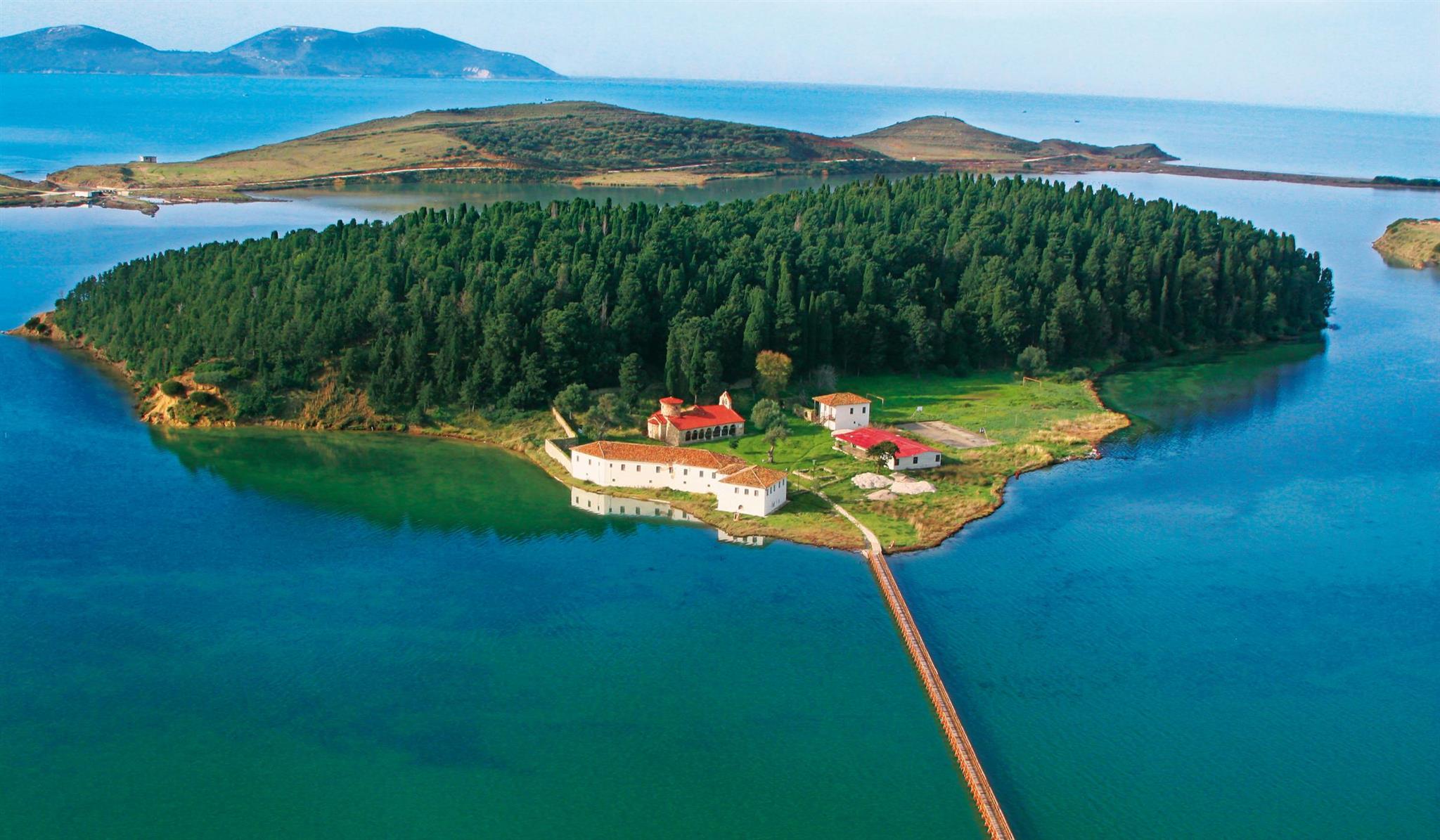Vlora
Known also as Valona, is located in south-western Albania where the two seas, Adriatic and Ionian, meet. Vlora enjoys a beautiful position beacause it is the gatway to the Albanian Riviera, which is the gem of Albanian Tourist places. The town with its wide boulevards decorated by huge palm trees has a real southern Mediterranean feel to it. It is located in front of Karaburuni peninsula and Sazani Island, close to various sandy and rocky beaches and the scenic nearby mountains. Vlora is Albania's second largest port, having regular ferry boat connections with Italian ports of Bari and Brindisi.
The oldest traces of civilization in the area of Vlora date back to the 6th century B.C. In ancient times the city started as a port, and was known under the name of Aulona, famous for its olive groves and vineyards. During the 4th century AD was frequently mentioned as a landing port for ships of goods from the ports of Otranto and Brindisi, as well as an important stop over between the prosperous ancient cities of Apollonia and Butrint. After the fall of Apollonia and Orichum, it became the principal port of Illyria. In the fifth century Aulona was the centre of diocese. The emigrations of barbarians damaged it badly and brought the withdrawal of the city deeper in land.
During the Middle Ages the city was fused into one with the fortress of Kanina, which is situated a few kilometres to the south-east. At the fourteenth century, Vlora became an important trading and handicraft centre noted apart from wines and salt, for its swords, its ships and its silk.
The Turks invasion took place in 1417. In 1531 Sultan Sulejmani built a fortress, which is believed to have been designed by the architect Sinani. By the seventeenth and eighteenth centuries, Vlora had again become an important economic centre and port it was taken by Ali Pasha Tepelena in 1812.
Although an important town throughout history its claim to fame came on November 28th, 1912, when the National Assembly of Albania declared the independence of Albania in Vlora, to end a five century Ottoman rule. The town was the first capital of independent Albania.
- Mother Teresa (Anjezë Gonxhe Bojaxhiu) is generally celebrated as the only Albanian to win a Nobel Prize, though born in Skopje in 1910 (now in Macedonia but then in the Ottoman Empire).
- Between 1950 to 1985 around 600,000 bunkers were built in Albania, they are nearly impossible to destroy so many are still in existence.
- Noding your head in Albania is a disagreement while shaking the head means “yes”, so it can get pretty confusing for tourists.
- At its closest point Albania is only 10km away from Corfu across the Ionian Sea.
- Hoxha’s official title was ‘Comrade-Chairman-Prime Minister-Foreign Minister-Minister of War-Commander in Chief of the People’s Army’ – quite a mouthful!
- Under the leadership of Enver Hoxha, Albania was declared the world’s first atheist state in 1967.
- Xhiro is the name for an evening walk in Albania. Some of the towns close roads to cars at certain times of the evening so locals can talk their daily stroll.
- Norman Wisdom was a cult figure in Albania where he was one of the few Western actors whose films were allowed in the country under Hoxha’s dictatorship
- Officially 70% of Albanians are Muslim but the number who actively practice is much lower.
- George Kastriot Skanderbeg
- Mother Teresa
- Fan Noli
- Pope Clement XI
- Gjon Mili
- Ismail Kadare
- Ferid Murad
- Inva Mula
- Eliza Dushku
- John and Jim Belushi
- Ermonela Joha



